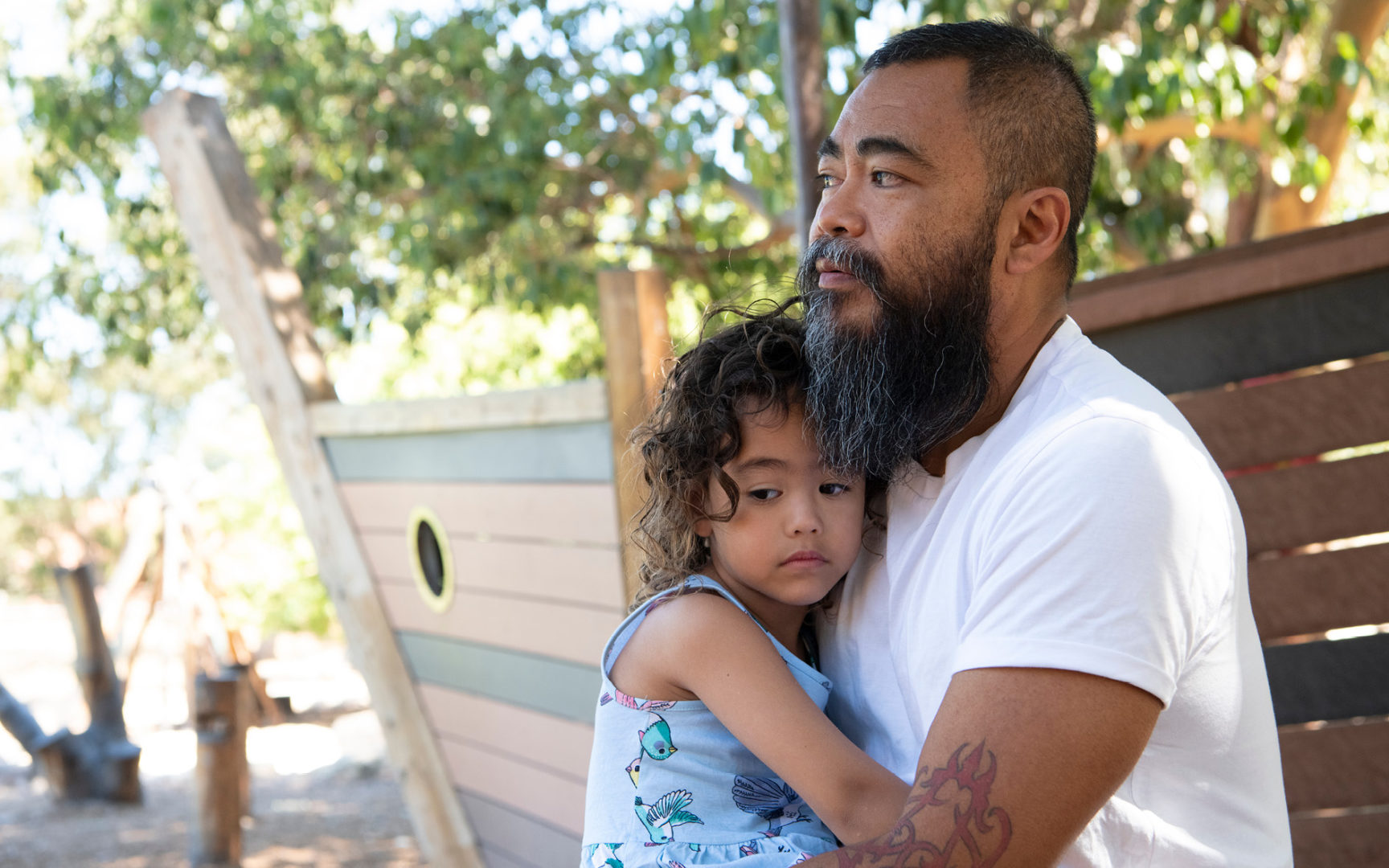It is rare that a child has absolutely no worries about starting school, but rarer still that a child doesn’t eventually settle in. Here are a few common problems and strategies for dealing with them.
Although many children settle straight in, the start of school can cause some children to regress into some separation anxiety. This can result in tears and clinging as you try to leave them at school. Separation anxiety is children’s normal fear of being away from their parents or carers.
This can start at around 8 months, usually peaking at around 14-18 months and gradually diminishing throughout early childhood. If you feel that your child might become anxious by being separated, there are tips to help overcome this for the day.
- Make sure your child knows that you will be back, waiting outside when they finish. (or whoever is picking them up).
- Say goodbye and leave when it is time to go. Lingering can make it more difficult for your child to part with you and get on with their day.
- Most children don’t cry for as long as you imagine. They often stop when you leave and are fine.
- Try distraction. Go into the class and engage your child in an enjoyable activity before you leave.
- Know that if there is a problem the school will contact you.
If separation anxiety continues and is excessive enough to interfere with normal activities like school and friendships, it may be a sign of a larger problem: separation anxiety disorder. If you’re worried about your child’s separation anxiety, speak to their teacher at preschool or school and work through the situation together.
Most children find the first few weeks of school extremely tiring, and this can sometimes result in them being reluctant or refusing to go to school, having tummy aches at the school gate in the morning or refusing to go into the classroom. This can even happen after your child has happily gone into school the previous day.
Tips to help guide you through these challenges
- Don’t panic or get impatient. This can be difficult if you are heading to work, but if you deal with the problem now it is more likely to be solved.
- Gently try to find out why – is there something worrying them?
- Show your child that you and the teacher are working together to help. “Let ‘s go to school and your teacher and I will help you work it out’.
- Take them into the classroom and let the teacher know how they are feeling.
- Work with the teacher to develop a plan and keep the communication open about how it is going.
Now that you have your child or all your children back to school it’s important to set-up an afternoon structure, make sure they have a healthy snack when they get home, they unpack and put away their lunch box, school clothes and have some quiet time, reading, drawing, taking the dog for a walk – and when you come home, don’t forget to ask them about their day and spend at least 10 minutes directly talking and listening to them. Don’t forget to encourage them to also ask you about your day!
Finally, sleep. We all need a good night’s sleep and so do your children. Bedtime needs a good routine no matter what age your child at school is – so lead by example, turn off screens a good hour before bed, phone off and out of the room, no video games or hyper activities and a pile of books by the bed for a slow wind down before lights out!



